On November 18, 2024, at a meeting with teachers and education managers on the occasion of the 42nd anniversary of Vietnam Teachers' Day, November 20, General Secretary To Lam gave a speech, including assigning goals and tasks to strive to improve Vietnam's education ranking on the regional and international education map. Specifically, by 2030, Vietnam will be one of the top 3 countries in ASEAN in terms of the number of international publications and the impact index of scientific research works; with universities in the top 100 universities in the world.
In the context of globalization and the 4.0 industrial revolution, higher education is a decisive factor for the sustainable development of a country. The General Secretary 's directive is not only a goal of ranking but also an affirmation of the quality of education, research capacity and influence of Vietnamese academia in the international arena.
Immediately after that, in December 2024, the Politburo issued Resolution 57-NQ/TW, setting the goal of taking digital transformation, high technology and innovation as three breakthrough spearheads to turn the country into a rich and powerful developed nation in the coming era. In which, developing high technology and science and technology (S&T) is the root and core value.
To successfully achieve this goal, scientists, universities and research institutes play a key role. If universities do not participate and do not innovate drastically, higher education will not change and take off. If higher education does not change and take off, science and technology will not develop, and the country will not be able to develop as expected in Resolution 57.
2025 is a pivotal year, universities and research institutes embark on the 5-year period 2025-2030 along with the era of national development. To realize the above goals, Vietnamese universities need to resolutely reorient their development strategies in the new period to successfully implement the direction of the General Secretary and the Politburo. In my opinion, the key and central tasks that universities and research institutes need to urgently embark on are:
Improve the quality of scientific research, create works of global influence
One of the most important criteria to be included in the world's top university rankings is the quality of scientific research. Universities need to invest heavily in research groups of excellence to create influential works, published in ISI and Scopus Q1 journals with high impact factors. Universities are places where new knowledge is created. This is the most important criterion of a higher education institution.
Schools should exploit Decree 109 of the Government at the end of 2022, establish Science and Technology Development Funds to have financial resources for investment in science. In addition, promote international cooperation to enhance interdisciplinary research, invest in developing new research directions, build strong research groups to have breakthrough works.
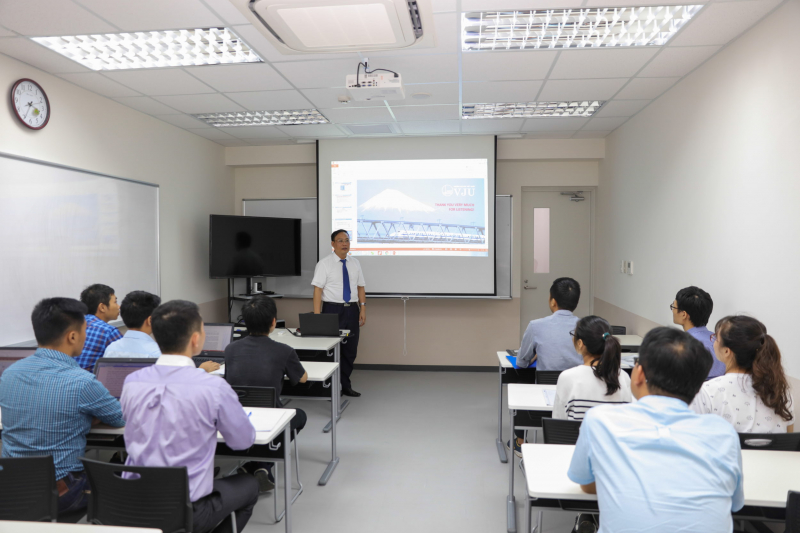
At the same time, it is necessary to especially promote investment and application of modern research models such as virtual laboratories, big data research and artificial intelligence (AI) to increase the speed and efficiency of research. In addition, it is necessary to plan and have an investment strategy for strong research groups in universities to master core technologies and strategic technologies related to the Science and Technology Development Strategy and Vietnam's security and defense such as new materials, semiconductors and microchips, energy, nuclear technology, automation, high technology in agriculture, biotechnology, health sciences, construction and smart infrastructure, information security, artificial intelligence, and at the same time create a foundation for training high-quality, highly qualified human resources for large multinational technology corporations of Vietnam in these fields in the future.
Developing a team of highly qualified lecturers and scientists
The competitive advantage and greatest resource of universities is highly qualified human resources. To reach the top 100 in the world, universities need to have a breakthrough policy to build strong domestic research groups, attract talents, invite the world's leading professors and scientists, including Vietnamese intellectuals abroad, to teach and research.
At the same time, to create a source of lecturers and promote scientific research, it is necessary to innovate doctoral training. It is necessary to consider doctoral students as the scientific and technological resources of the school, invest in scholarships and research topics for doctoral students. Link doctoral training with research groups, through research groups. Promote high-quality doctoral training programs, especially the cooperative doctoral training model (according to the mixed model), doctoral students have the first time in the country, and then have time to do research abroad with prestigious international universities.
Build a reasonable salary and benefit mechanism to retain talent, encourage domestic lecturers and scientists to contribute long-term, as well as attract talent to return to work in the country.
Promote STEM education at university level; reform training programs towards modernity and international integration
I have to use the word “reform” instead of the word “innovation” that I usually use when talking about training programs.
Currently, in Vietnam, STEM education is only understood at the high school level, at technical and technological universities, and has not been focused on comprehensive implementation in universities. Meanwhile, in developed countries, STEM is especially focused on at the university level. Without good STEM training at the university level, we cannot create high-quality human resources to promote high-tech development, digital transformation and innovation.
Training programs are not solid in basic science, we cannot go deep and far to grasp core technologies and develop high technology.
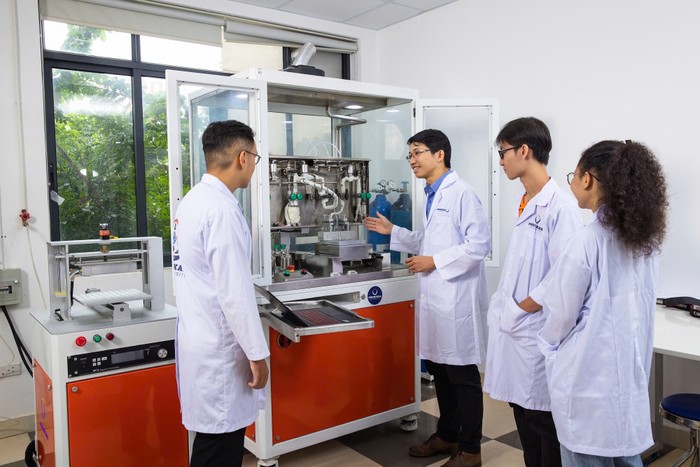
Therefore, in the coming time, it is necessary to "reform" university training programs. The curriculum needs to be designed in an interdisciplinary direction, with a STEM foundation, promoting innovation, meeting the practical needs of the digital economy. In particular, teaching in English should be enhanced, moving towards building training programs entirely in English to attract international students and lecturers.
Expanding international cooperation, participating in global university networks
Vietnamese universities need to be more proactive in joining international education alliances, participating in networks such as ASEAN University Network (AUN), Times Higher Education (THE) Impact Rankings, QS World University Rankings, thereby creating opportunities for research cooperation, student and lecturer exchanges, and promoting international integration.
Develop selective joint training programs with the world's leading universities (instead of widespread cooperation like the previous sections), helping Vietnamese students have the opportunity to study, intern and work in advanced academic environments. On the basis of promoting joint training programs and high-quality training programs in English, promoting the attraction of international students, gradually building the academic brand of Vietnamese higher education on the world education map.
Close cooperation with businesses; promoting digital transformation and innovation ecosystem
In order not to fall behind and develop the digital economy, universities must be pioneers in promoting research and application of LLM in the next era, applying and using digital technology, AI and big data to optimize management, teaching and research in universities.
Promote the development of innovation and entrepreneurship centers in universities, closely linked with businesses and the labor market. Build an innovation ecosystem between schools, lecturers, students and businesses. Schools must create a motivating environment for lecturers and students, in addition to their aspirations to reach the pinnacle of science and technology, to have the ambition and desire for innovation and entrepreneurship.
To produce high technologies, universities, especially key technical-technological schools, need to quickly promote the building of strong international research groups, thereby building excellent research centers (Centers of Excellence), national key laboratories to create conditions for cutting-edge research, delving into high technologies, core technologies, and high values.
Promoting university autonomy and university governance according to international models
In recent years, since the Law on Higher Education was amended, university autonomy has been like a breath of fresh air, transforming many universities and improving Vietnam’s higher education. Strengthening university autonomy ensures that schools have enough autonomy in finance, personnel and academics to attract all resources and accelerate the development process, flexible according to international standards. University autonomy is the “contract 10” in higher education.
In addition, it is necessary to apply advanced university governance models. For public universities, it is necessary to apply university governance models like non-profit enterprises, taking high quality, high level, leanness and efficiency as the core.
Ensure that training programs meet international standards such as ABET, AACSB, AUN-QA, etc. Innovate the system, criteria, and strict quality assessment processes, in accordance with international practices and standards and Vietnamese practices. Enhance the role of professional associations in assessing the quality of university training programs.
In lieu of a conclusion
In the era of Industrial Revolution 3.0, we often talk about research universities. The latest research on educational science shows that in the era of Industrial Revolution 4.0, the model of universities must be "Smart and innovative universities", with 3 core pillars: research, digital transformation and innovation". Vietnamese universities and the entire Vietnamese higher education system need to strongly transform themselves according to this trend, building a development strategy in line with the trend of the times. At the same time, we must set out effective goals and solutions to successfully implement Resolution 57 and the direction of General Secretary To Lam, striving that by 2030, we must be one of the top 3 ASEAN countries in international publications and have universities in the top 100 in the world.
Recently, on February 1, 2025, Clarivate announced the results of the top 50 universities leading the world in innovation. In this list, US universities accounted for 30/50 schools.
In addition, statistics of the 5 countries with the strongest investment in science and technology in the world in 2024 show that the United States is in the lead with 3.54% of GDP, 982 billion USD; followed by China, 2.72% of GDP, 510 billion USD; Japan, 3.36% of GDP, 144.6 billion USD; South Korea, 5.3% of GDP, 90.6 billion USD; France, 2.23% of GDP, 62.5 billion USD.
These figures once again confirm that high technology and innovation are born from the intelligence of scientists, universities and research institutes. And it is also a lesson for us to change our perception: To quickly realize research results, we need the fastest, best, and most appropriate investment from the State, the determination of universities, the companionship of businesses and the urge to innovate and rise from each individual scientist. It is even more evident that Resolution 57 of the Central Committee was born at this time, very correct and very accurate, very important for the development of the country.
High technology, together with digital transformation and innovation, is the key – the “magic wand” for Vietnam to achieve breakthrough growth and reach new heights. Universities, research institutes and scientists play a key role and need to get involved right from the new year 2025.
Successfully implementing Resolution 57 and bringing Vietnamese universities into the world's top 100 is a big challenge, but also a historic opportunity to affirm the academic position and develop the national knowledge base. To achieve this goal, in addition to the determination and strong direction of the Party, it requires high determination, innovation in thinking, change in perception, drastic change in action of the National Assembly when building laws and institutions, of the Government in directing and operating, as well as issuing decrees, policies and the National Strategy for Science, Technology and Education Development; change in thinking, perception and action of the Ministry of Finance, the Ministry of Education and Training, the Ministry of Science and Technology and related ministries and branches; strong transformation of universities, of lecturers and scientists, and the joint efforts of businesses and the whole society...
Prof. Dr. Nguyen Dinh Duc, University of Technology, Vietnam National University, Hanoi
Source: https://cand.com.vn/giao-duc/giai-phap-nao-tang-hang-giao-duc-viet-nam-tren-ban-do-giao-duc-khu-vuc-va-quoc-te--i758066/








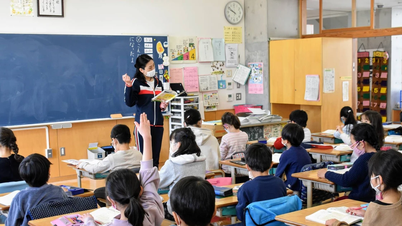





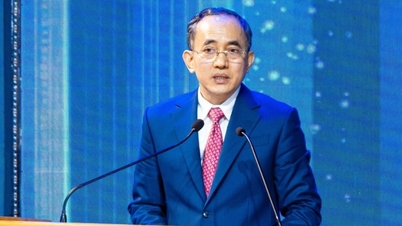

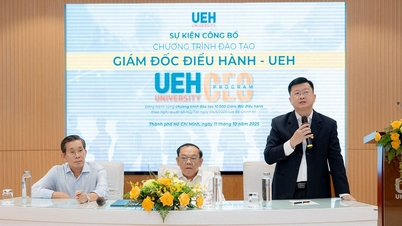

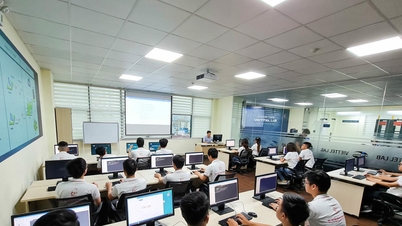











![[Photo] Opening of the 14th Conference of the 13th Party Central Committee](https://vphoto.vietnam.vn/thumb/1200x675/vietnam/resource/IMAGE/2025/11/05/1762310995216_a5-bnd-5742-5255-jpg.webp)






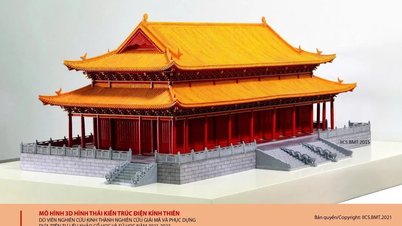




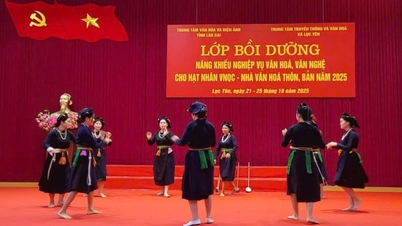










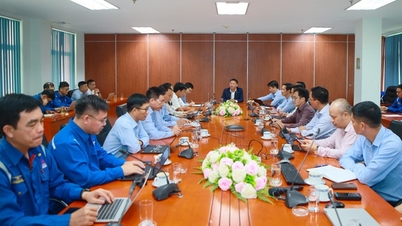








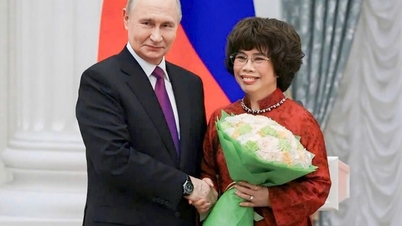














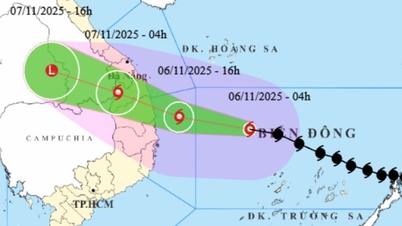






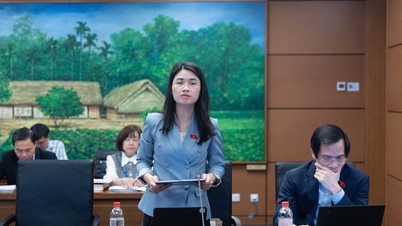











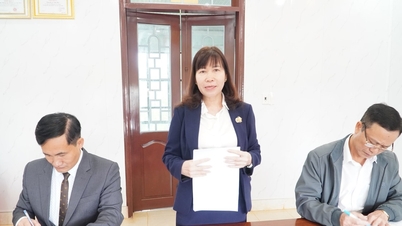















Comment (0)